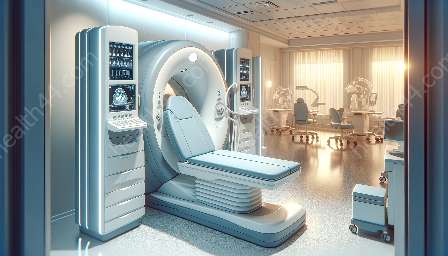As an integral part of medical devices & equipment, otoscopes play a crucial role in examining the ear. In this comprehensive guide, we'll delve into the world of otoscopes, their types, uses, and advancements, shedding light on their significance in diagnostic equipment.
Understanding Otoscopes
Before we explore the details, it's important to understand what otoscopes are. An otoscope is a specialized medical device used by healthcare professionals to examine the ear canal, tympanic membrane, and outer ear. It consists of a handle and a head with a light source and magnifying lens, allowing for a detailed examination of the ear.
Types of Otoscopes
There are various types of otoscopes available to cater to different diagnostic needs. Traditional otoscopes utilize a direct light source to illuminate the ear canal. However, newer models, such as video otoscopes, feature built-in cameras and screens, enabling real-time visualization and documentation. Additionally, otoscopes with fiber optic technology offer brighter and clearer illumination for accurate diagnostics.
Uses of Otoscopes
Otoscopes are extensively used for diagnosing various ear-related conditions. They facilitate the detection of ear infections, earwax buildup, perforations in the eardrum, and abnormalities in the ear structure. Furthermore, otoscopes are instrumental in conducting hearing tests and assessing the effectiveness of ear treatments, making them indispensable in the field of diagnostic equipment.
Advancements in Otoscopes
With the advancements in medical devices & equipment, otoscopes have also undergone significant improvements. Digital otoscopes now offer enhanced image quality and the ability to store and share examination findings digitally. Furthermore, some modern otoscopes incorporate smartphone connectivity, allowing healthcare professionals to capture and transmit images for remote consultations and referrals.
Importance in Diagnostic Equipment
As part of diagnostic equipment, otoscopes contribute to accurate and precise diagnostic procedures for ear-related ailments. They enable healthcare providers to visualize and analyze ear conditions, leading to prompt and effective treatment. Moreover, otoscopes aid in patient education, as they allow individuals to see the internal structures of their ears, fostering better understanding and compliance with treatment plans.
Conclusion
In conclusion, otoscopes are indispensable tools within medical devices & equipment, serving as vital components of diagnostic equipment. Their evolution from traditional models to advanced digital solutions has revolutionized the way ear examinations are conducted, benefiting both healthcare providers and patients. The continued advancements in otoscopes further underscore their significance in enhancing diagnostic capabilities and improving patient care.


